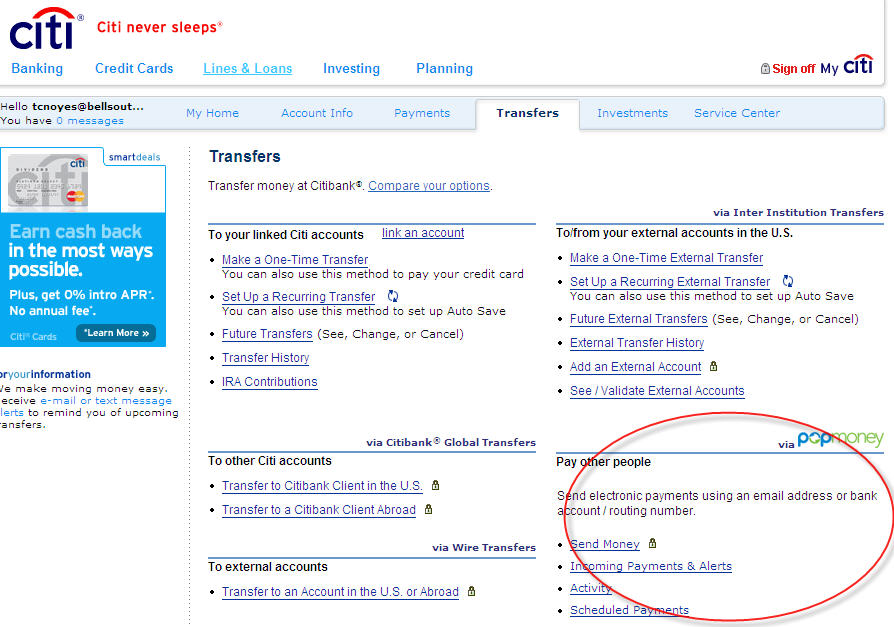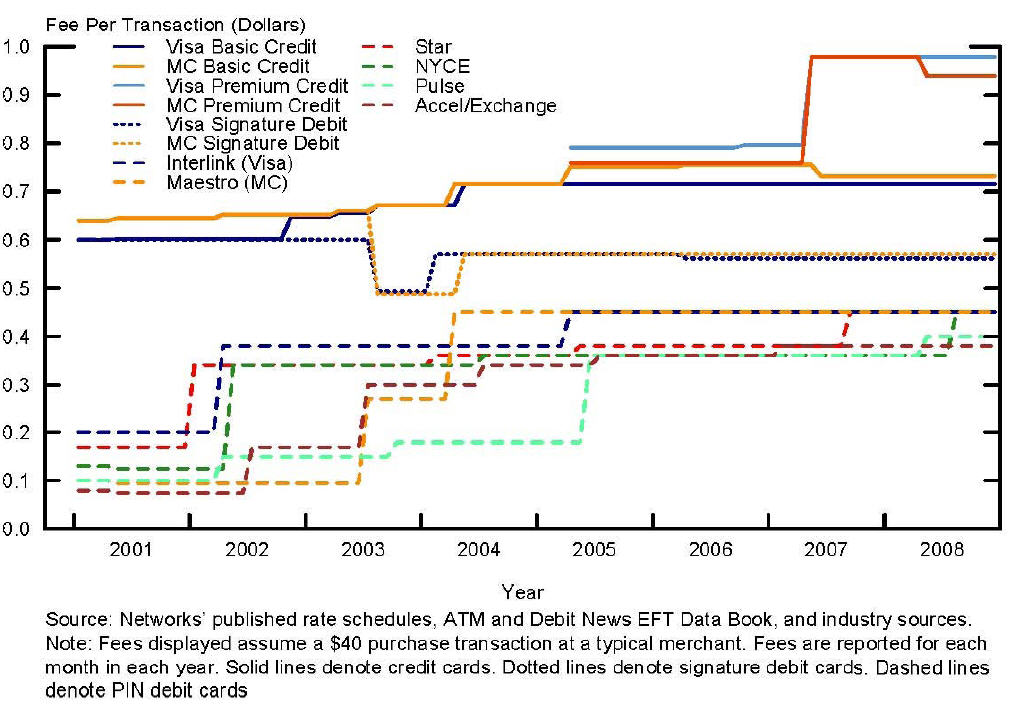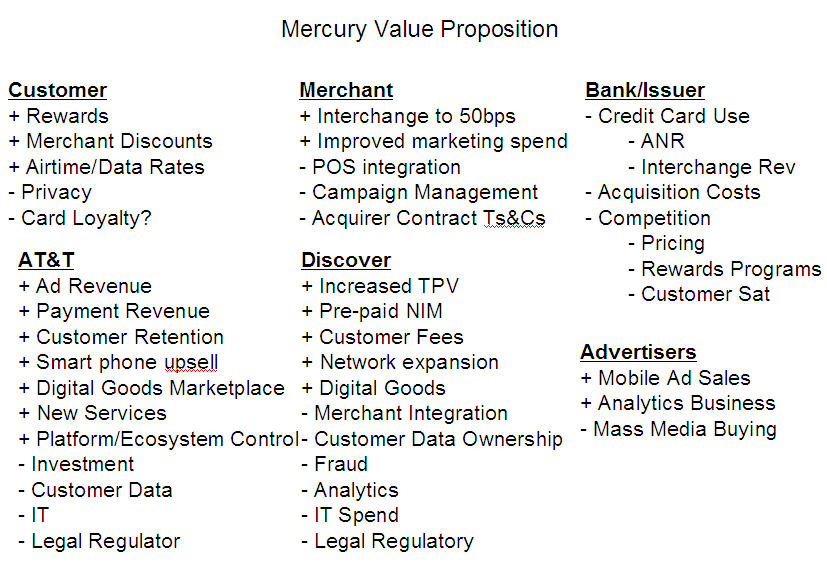National Payments Corporation of India (NPCI) launched the instant interbank mobile payment service (IMPS).
From MyDigitalFC
To use the IMPS service, customers have to register their mobile number with the banks where they hold an account. When the customer registers, he will be assigned a three digit code that will be their mobile money identity (MMID) and each bank will be assigned a four digit national bank identification number (NBIN).
Both the sender and the receiver needs to get their NBIN and MMID in order to facilitate the transaction. The funds transfer can take place in seven seconds by using the MMID and NBIN numbers of both the banks.
This is a concerted effort by RBI to take a leadership (control) role in mobile payments as the MNOs continue to work for necessary regulatory change. RBI and the banks are under substantial political pressure to develop services to the rural poor, and create mechanisms/licenses for agents (and MNOs) to serve this demographic. Announcements like this just further a “delay game” by which RBI seeks to create an image of progress.
RBI constituted the NPC in 1999. This instant mobile “press release” is more hype than substance particularly given the adoption of NEFT and processes surrounding electronic transfers today. For example, in A2A (Transfers between domestic accounts that I own at 2 financial institutions) transactions, many financial institutions still require customer sighting and a paper documents FOR EACH TRANSFER. Within India, the NEFT system is just beginning to get traction (NEFT FAQ) as banks are reluctant to give customers control. India’s RTGS system, is also in its infancy (list of bank branches here) with only 60k transaction/day. Indian bank A2A “controls” are similar to those in the US as banks like Chase and Wells, as barriers to move money (to another FI) prevents deposit run off. These controls also allow the banker to call and ask “why are you moving money out.. we can offer that rate as well”.
Just as in the case of the MPFI group RBI is attempting to build a standard (ie platform) by which everyone must play, and therefore exert control. These central bank platforms will continue to fail, as there must be at least one group with a sustainable business case (see MNOs will rule). IMPS does nothing to address the unbanked needs and IMPS seems to be an outgrowth of RTGS and MPFI.. I certainly hope that the unbanked and the MNOs continue to work toward influencing real regulatory reform, as today I have a system for banked account transfers which is “instant” but may require a customer to come into the branch to sign a document first.







